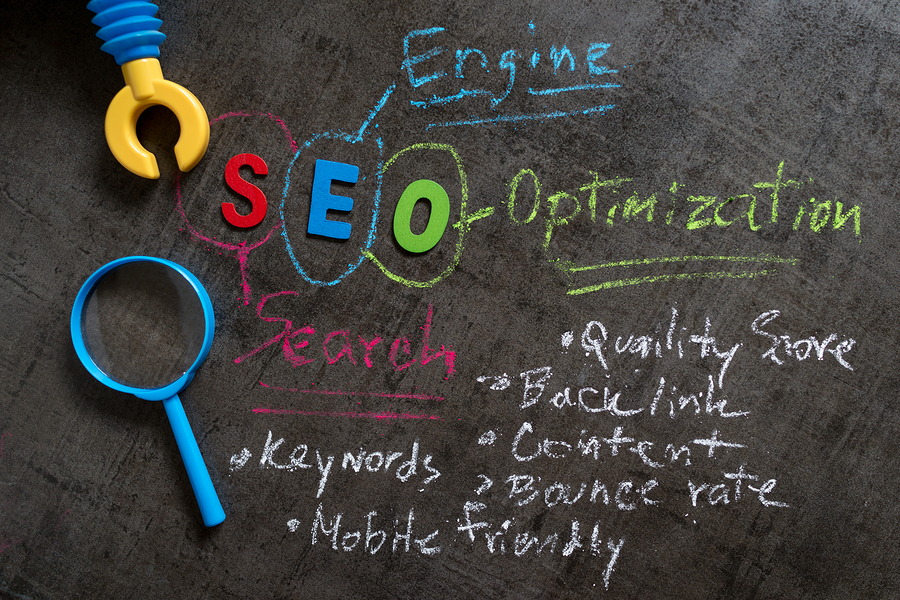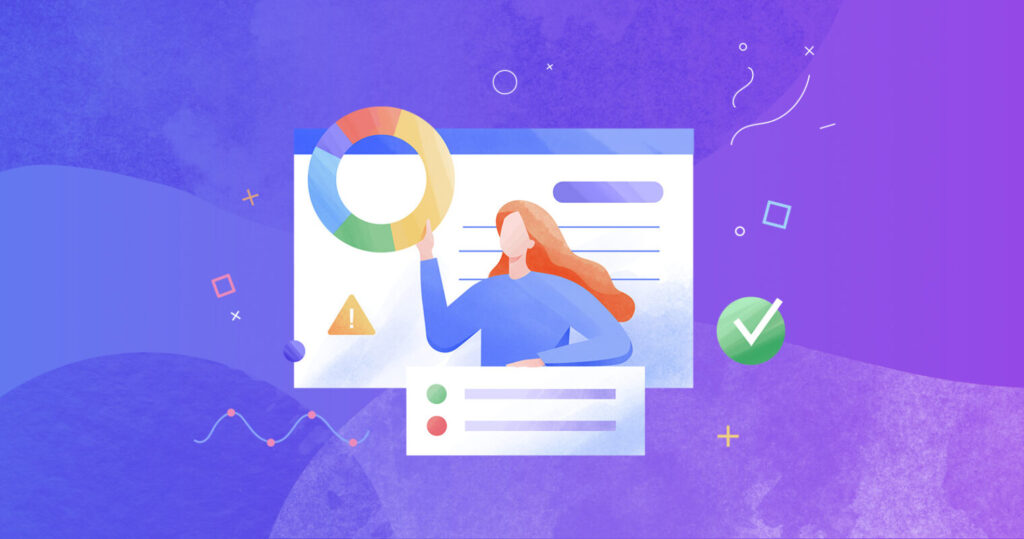There is no one answer to this question because it can vary depending on what type of website you have and what your goals are for that website. However, some basic things that are often included in page SEO optimization are choosing the right keywords, using those keywords throughout the content on the page, and making sure the page is easy to navigate and contains relevant information for visitors.
Page SEO Optimization is the process of optimizing a website page to rank higher in search engine results and drive more organic traffic. It involves improving the on-page elements of a website, such as title tags, metatags, header tags, and content, to make it more relevant and visible to search engines.
There are a number of factors that go into Page SEO Optimization, but some of the most important include:
Title Tags: The title tag is one of the most important on-page elements for SEO. It tells search engines what your page is about and should be keyword rich and relevant to the content on your page.
Meta Tags: Meta tags are used to provide information about a web page to search engines.
They are not typically visible to users unless they view the source code of a page. Meta tags can be used to influence the ranking of a web page in SERPS.
Header Tags: Header tags are used to structure the content on a webpage.
They are typically used to break up sections of text and make it easier for users to scan through a page. Header tags can also be used by search engines to understand the hierarchy of information on a webpage.
Content: The content on your website must be keyword rich and relevant to your target audience.
It should also be well-written and free from errors.
On-Page SEO Tutorial | On-Page Optimization Step By Step | SEO Tutorial For Beginners | Simplilearn
What is On-Page Optimisation in Seo?
On-page optimization is the process of tweaking your website to make it as search engine friendly as possible. This includes optimizing your title tags, meta descriptions, header tags, and anything else that appears on your website.
The goal of on-page optimization is to help search engines understand what your website is about so they can rank it higher in the search results.
When done correctly, on-page optimization can also help improve click-through rates from the search results page to your website.
One of the most important aspects of on-page optimization is choosing the right keywords. Keywords are the terms or phrases that people use when they perform a search.
If you want your website to rank for a particular keyword, then you need to make sure that keyword appears throughout your site, including in your title tag, meta description, header tags, and body content.
In addition to using the right keywords, you also need to make sure that your website’s content is relevant and informative. Search engines prefer websites that provide valuable information that helps searchers solve their problems.
So, if you want your site to rank higher in the search results, make sure you’re creating helpful and informative content.
What is an On-Page Optimization?
On-page optimization is the process of optimizing a website for the search engines, with the goal of improving the visibility and ranking of the site. The main focus of on-page optimization is to ensure that the site’s content is relevant and keyword-rich, so that it can be properly indexed by the search engines.
There are a number of factors that go into on-page optimization, including:
* Title tags – The title tag is one of the most important elements of on-page optimization, as it tells the search engine what your page is about. Make sure your title tags are unique and descriptive, and include your target keywords.
* Meta tags – Meta tags provide additional information about your page, such as a brief description or keywords.
Again, make sure these are accurate and informative, as they will help improve your site’s visibility.
* Header tags – Header tags are used to divide up your content into sections. Search engines use these to understand the structure of your page and give greater weight to certain keywords.
Make sure you use header tags wisely and only include relevant keywords.
* Body content – The body content on your pages should be keyword-rich and informative. Remember to keep it readable though, as search engines will penalize you if they think you’re stuffing too many keywords in there!
What is On-Page & Off-Page Seo Optimization?
SEO, or search engine optimization, is the process of improving the visibility and ranking of a website or web page in search engine results pages (SERPs). SEO can be divided into two categories: on-page SEO and off-page SEO.
On-page SEO refers to all the measures that can be taken directly within the website in order to improve its position in the search rankings.
This includes things like optimizing the title and meta tags, as well as creating keyword-rich content. Off-page SEO, on the other hand, refers to all the activities that take place outside of the website that can impact its ranking. This includes things like link building and social media engagement.
What are the 3 Types of Seo Optimizations?
Search Engine Optimization (SEO) is the practice of improving the ranking of a website on search engines. The higher the ranking, the more likely people are to find the site. There are three main types of SEO optimizations: on-page optimization, off-page optimization, and technical optimization.
On-page optimization refers to improvements that can be made directly to the content and structure of a website. This includes things like choosing relevant keywords, making sure the site is easy to navigate, and ensuring that all the pages load quickly.
Off-page optimization is about improving the visibility of a website through external factors such as link building and social media engagement.
Technical optimization covers things like setting up proper redirects and using caching techniques to improve performance.
All three types of SEO optimizations are important for getting better rankings on search engines. By focusing on all three areas, you can give your website the best chance of success.

Credit: www.crazyegg.com
On-Page And Off-Page Seo
Search engine optimization (SEO) is the practice of improving the ranking of a website on search engines. The higher the ranking, the more likely people are to find the site. There are two types of SEO: on-page and off-page.
On-page SEO refers to factors that are within the control of the website owner, such as the quality of the content and the structure of the website. Off-page SEO refers to factors that are outside of the website owner’s control, such as inbound links from other websites.
Both on-page and off-page SEO are important for getting a high ranking on search engines.
However, off-page SEO is generally more important than on-page SEO. This is because off-page factors are much harder to influence than on-page factors.
On-Page Seo Checklist
It’s no secret that SEO is a complex and ever-changing landscape. And while there’s no one-size-fits-all approach to SEO, there are certain on-page optimization techniques that can help your website rank higher in search engine results pages (SERPs).
This on-page SEO checklist will help you identify and fix common on-page issues that could be holding back your website’s organic search performance.
1. Optimize Your Page Titles and Meta Descriptions
Your page title and meta description are two of the most important elements of on-page SEO. Not only do they help searchers understand what your page is about, but they also play a role in how your page appears in SERPs.
Make sure your page titles are unique, descriptive, and keyword rich. And keep your meta descriptions concise and compelling to encourage searchers to click through to your website.
2. Use Heading Tags Strategically
Heading tags (H1, H2, etc.) are used to structure the content on your web pages. Search engines use them to understand the hierarchy of your content, so it’s important to use them wisely.
Start by using H1 tags for your most important keywords and phrases, then use H2 tags for subheadings and H3 tags for tertiary headlines if needed.
Don’t stuff keywords into heading tags just for the sake of it – focus on making your headings clear and informative instead. 3 Improve Your Website’s Content If you want higher rankings in SERPs, then you need to make sure your website’s content is up to par. That means creating quality content that is relevant to your target audience and keyword themes .
It should also be well written , free of grammatical errors , and engaging enough to keep readers engaged .4 Use Supplementary Keyword Research Tools In addition to using Google Suggest and related searches , there are a number of other keyword research tools that can be helpful in finding new keywords or refining existing ones .5 Implement Schema Markup Schema markup is code (semantic vocabulary) that you can add to your website to help search engines return more informative results for users .6 Optimize Your Images Make sure all images on your website have alt text with relevant keywords .
On-Page Seo Techniques
On-Page SEO Techniques
If you want your website to rank high in search engine results pages (SERPs), you need to focus on more than just developing great content—you also need to optimize your website’s design and structure for search engines. This process is called “on-page SEO.”
Here are some of the most important on-page SEO techniques to keep in mind:
1. Use keyword-rich titles and descriptions.
Make sure that every page on your website has a unique, keyword-rich title tag and meta description.
These elements are what appear in the search results, so it’s important to make them as compelling as possible!
2. Structure your URLs.
Your URLs should be short, descriptive, and easy to read.
Avoid using excessive keywords or characters that make them difficult to remember or type out.
3. Optimize your images.
In addition to using descriptive filenames and alt text, try to compress your images so that they load quickly—search engines penalize sites with slow loading times.
4. Use internal linking .
Internal linking is a powerful way to help search engines understand the structure of your site and the relationships between different pages . It can also help users navigate your site more easily .
Be sure to use relevant keywords when linking internally!
Conclusion
On page SEO optimization is the process of optimizing a website for the search engines. It includes optimizing the content, structure, and code of a website. On page optimization is also known as on site optimization.



